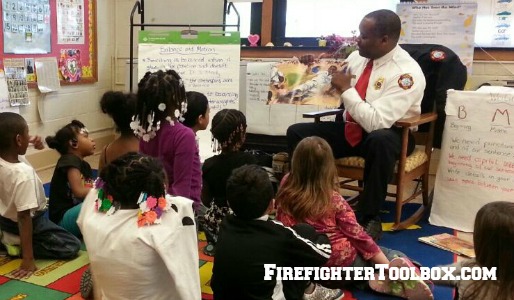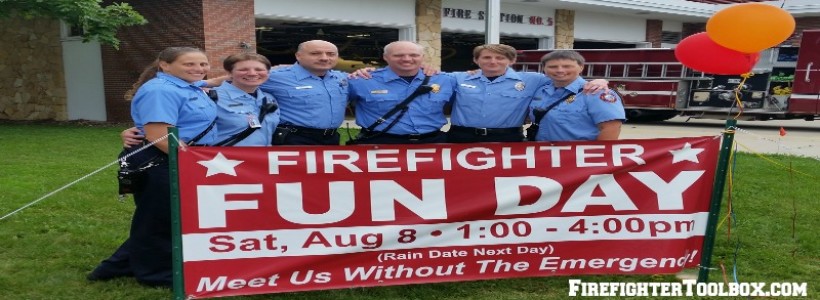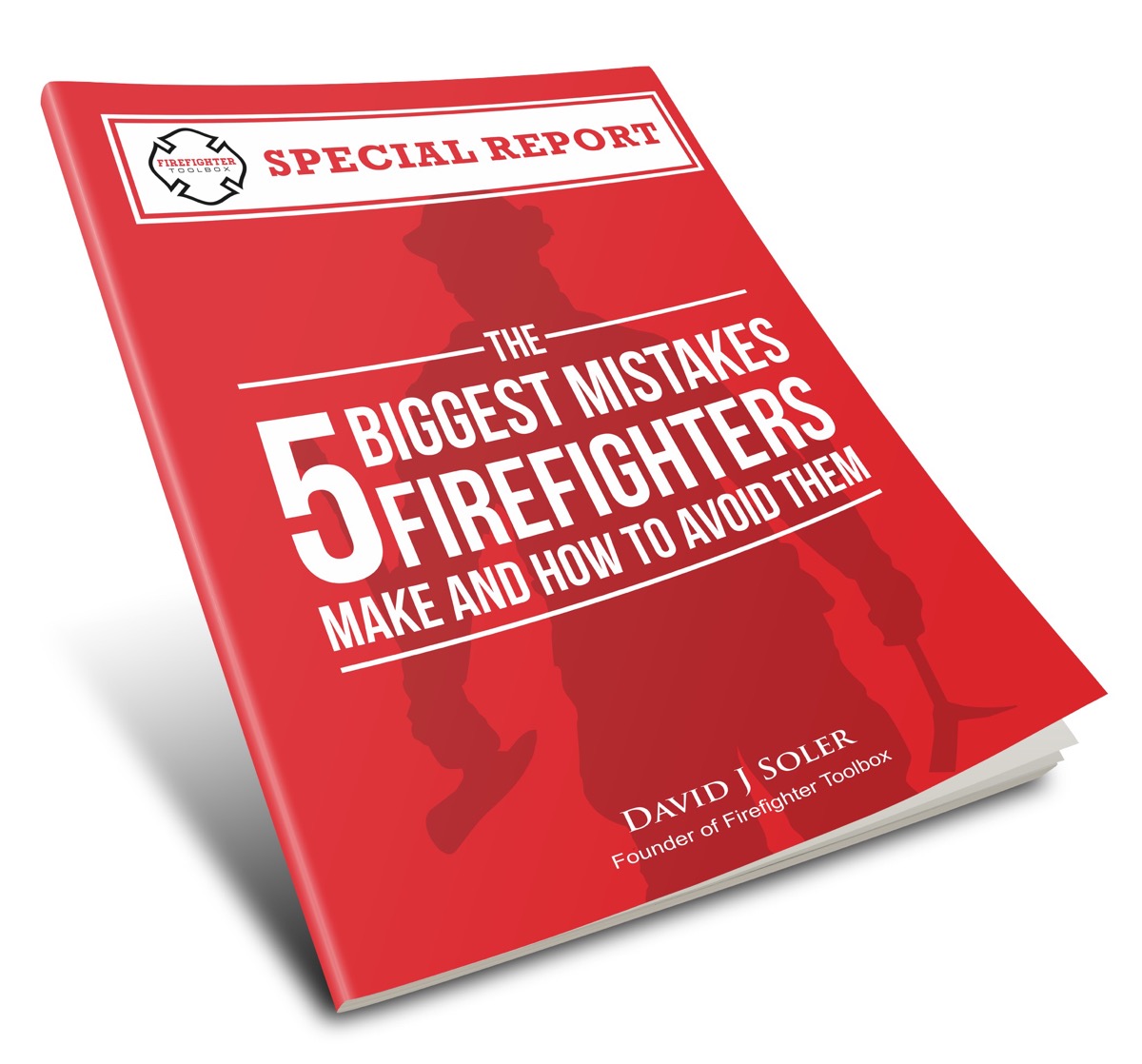4 Community Outreach Tips for the Fire Service
Fire departments are an integral part of the community we serve. The majority of fire department-community relations occur in moments of crisis with departments responding to the fire or EMS call. If fire departments are going to continue being relevant in the 21st century, we must be responsive to and part of the communities that we serve. We must reach beyond the walls of our station houses. To be sure, relationships are not built-in moments of crisis during fire and EMS calls, but in periods of non-emergencies. I offer four strategies for supporting community outreach in the fire service.
#1) Cultivate Community Relations

Fire departments should develop community outreach programs with the goal of increasing the department’s visibility, interaction and outreach to the neighborhoods and residents we serve during non-emergencies. Given the current state of political and fiscal affairs and the attacks on public employees, the fire service will undoubtedly continue to be under scrutiny in the future. The community’s support and advocacy are the best and most persuasive line of defense when public employees are under attack, more so than unions and the administration. Any proposed community outreach program should be supported by a firefighter’s union and administration.
#2) Increase the Presence and Value of the Fire Service to the Local Community
Station work crews can identify areas in their territory in which they can become involved. Companies should “stay in service” for emergencies during their outreach efforts. Examples of community activities include but are not limited to:
- Visiting schools, daycare centers, after school and community center youth programs.
- Blood pressure checks at senior centers, facilities, grocery stores or the mall.
- Checking the welfare of a frequent patient.
- Attending youth sporting events.
- Attending community meetings that may be of interest to the MFD.
- Developing a neighborhood gathering, “Open House”, “Block Party” or picnic at the station.
- Attending a co
mmunity event or activity. - Reading to children and youth at schools and daycare centers.
#3) Increase Fire Prevention Knowledge for Children, Youth and Families
 Some fire departments are fortunate to have dedicated personnel assigned to do community education for children, youth and families. In other departments, this duty is assigned to line personnel. However, a fire station crew that conducts these programs is very vital to the community, with the support of department administration, because they are the faces that residents see regularly—and so trust and rapport are more likely to be established . Fire prevention programs keep our community safer by educating our most vulnerable populations. Fire departments that routinely participate in parades, smoke detector/carbon monoxide installation, school fire drills and other safety initiatives such as Fire Prevention Month are well-regarded in the community.
Some fire departments are fortunate to have dedicated personnel assigned to do community education for children, youth and families. In other departments, this duty is assigned to line personnel. However, a fire station crew that conducts these programs is very vital to the community, with the support of department administration, because they are the faces that residents see regularly—and so trust and rapport are more likely to be established . Fire prevention programs keep our community safer by educating our most vulnerable populations. Fire departments that routinely participate in parades, smoke detector/carbon monoxide installation, school fire drills and other safety initiatives such as Fire Prevention Month are well-regarded in the community.
#4) Foster Interest in and Knowledge of the Fire Service Profession
Community outreach not only serves to build and develop relationships with the neighborhoods we serve, but it can serve as a recruitment mechanism for your department. Having “Open Houses” or interfacing with perspective future hires or volunteers at job fairs or other community activities can give potential applicants the opportunity to talk with current fire personnel in an informal setting to learn more about the profession. An open house is a perfect opportunity to learn more about career options with your department. Firefighters can answer questions about the recruitment and hiring process, give tours of the vehicles and station, and provide information about what working for your fire department is like. Our fire departments must be committed to hiring and recruiting firefighters who are a true reflection of the community we serve.
In conclusion, Community Outreach initiatives are only limited by imagination, time and financial resources. There is no better ally to and champion of the fire service than broad community support in a time of political or fiscal need. Well-planned community outreach can create community buy-in (e.g., “Don’t close my fire station”) such that residents are more likely to rally for the fire department when needed. A deliberate, intentional investment in our local communities will benefit the fire service in the short and long-term.
Want to learn more?
Check out these articles for more info: Why Community Relations are Important, and 3 Ways to Improve Public Support for the Fire Service


